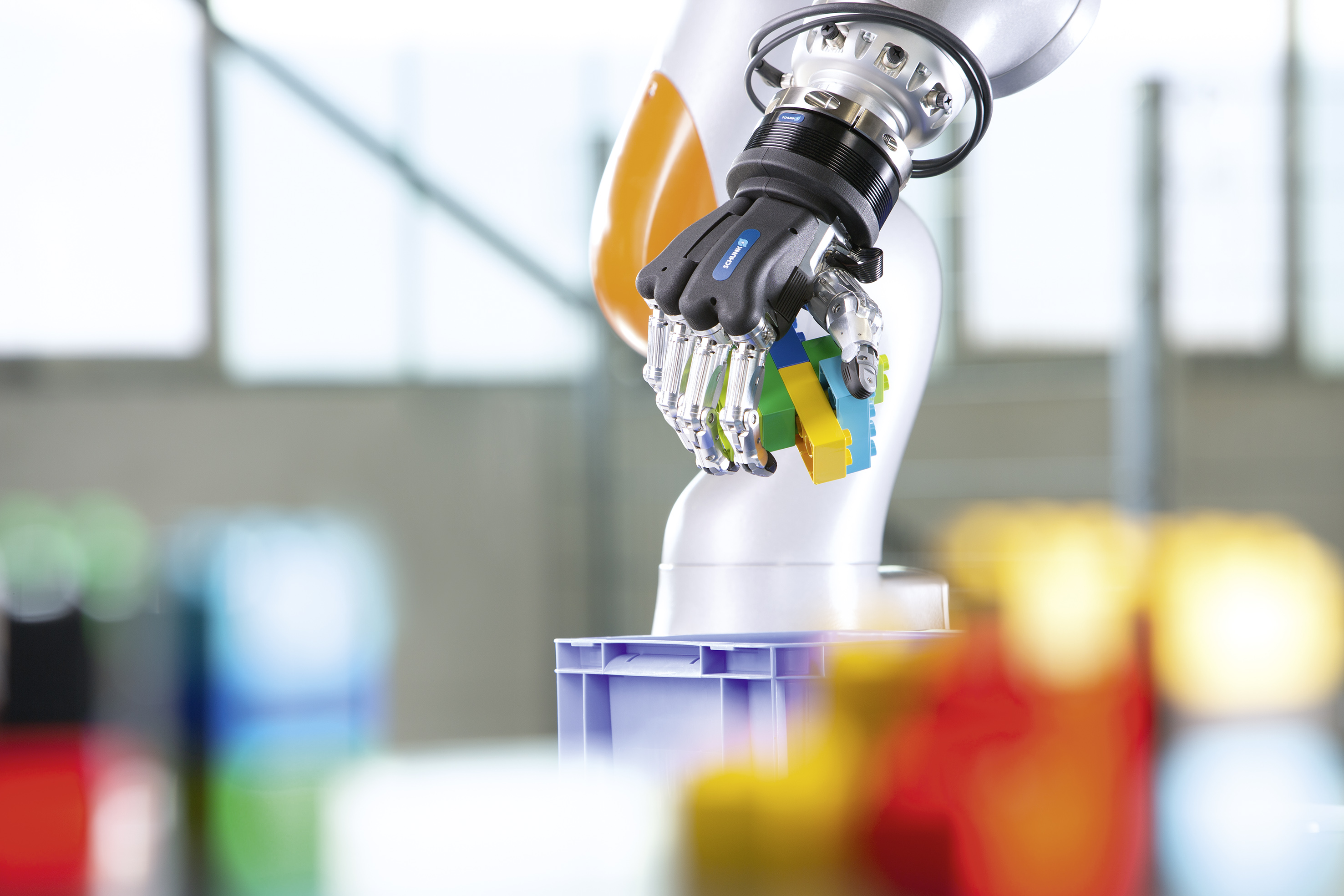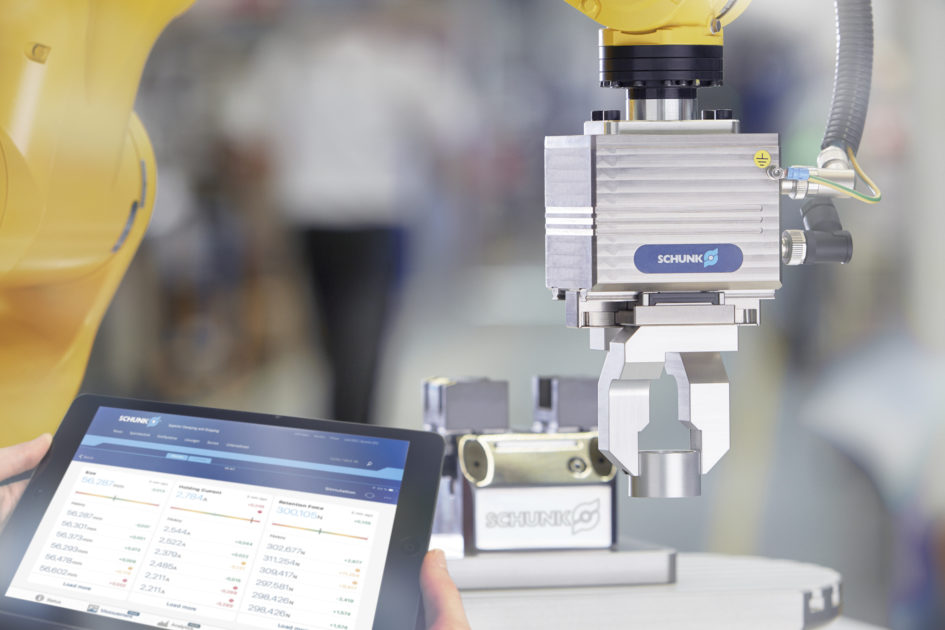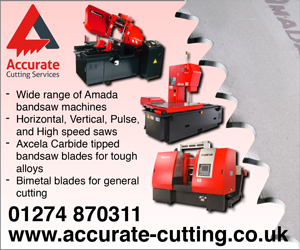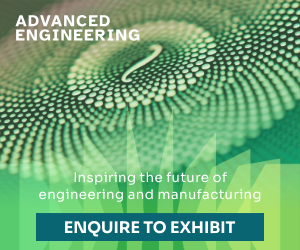Autonomous gripping
Industrial gripping is about to undergo a fundamental change. Whereas until now the pickup and depositing positions of workpieces, their geometry and the relevant gripping parameters always needed to be manually defined. In future gripping systems will handle the widest variety of gripping tasks of their own accord. Gripping system specialists at SCHUNK are demonstrating the first solutions.
Plug & Work will be a key feature in the smart factories of tomorrow. What has already been realized successully with the mechanics, will in future to be made possible for gripper process control. Logically from a gripping point of view, the specialists at the SCHUNK Smart Labs are developing approaches as to how robots and other handling systems can carry out gripping tasks autonomously or semi-autonomously. The vision is a learning component assembly based on a 3-layer architecture comprising motion controller, grasp controller and services. The plan is that, despite having a complex internal structure, the assembly will enable the greatest possible user friendliness on the outside.
Grippers perform gripping and path planning
SCHUNK has shown how this can be successful based on various pilot applications from its technology factory. At the Hannover Messe, the competence leader for gripping systems and clamping technology will be presenting a smart gripping application where different components are differentiated via the gripper alone. Like a groping hand, the gripper will sense the geometry and composition of parts for gripping and categorizing them. In a second application, parts arranged at random are identified via a camera, autonomously gripped out of a transport crate, and guided into a machining process. The system relays information gleaned on the part to subsequent stations so that, for example, an intelligent clamping force block is capable of automatically coordinating its stroke and clamping force to the next part. In future, according to SCHUNK, grippers will not only grip but also handle all gripping planning in interaction with 2D and 3D cameras, as well as communication with upstream and downstream components.
Learned empirical data as the basis
 In another use case that makes use of machine learning approaches for workpiece and gripping process classification, interlocking building blocks are randomly combined and presented to a lightweight robot in a random arrangement on a work surface. The robot’s task is to pick up and transport the blocks away. After just a few training attempts, the system can classify how to handle the range of workpieces and the resultant combination options. The gripper knows how to pick up and transport the workpiece for handling optimally based on empirical values it has learned. In doing so, the camera that captures the scenario interacts directly with the gripper and guides the robot to its destination. After just a few repetitions, the system is capable of classifying future combinations and arrangements of its own accord and acting autonomously.
In another use case that makes use of machine learning approaches for workpiece and gripping process classification, interlocking building blocks are randomly combined and presented to a lightweight robot in a random arrangement on a work surface. The robot’s task is to pick up and transport the blocks away. After just a few training attempts, the system can classify how to handle the range of workpieces and the resultant combination options. The gripper knows how to pick up and transport the workpiece for handling optimally based on empirical values it has learned. In doing so, the camera that captures the scenario interacts directly with the gripper and guides the robot to its destination. After just a few repetitions, the system is capable of classifying future combinations and arrangements of its own accord and acting autonomously.
Sharing learning experiences
These technologies are gaining increased attractiveness due to their ability to share learning experiences acquired for example with other gripping systems for similar applications in a production network or across sites, for example using cloud solutions. If the object is already known, the relevant optimum grip will automatically be initiated. If it is not known, it will be detected by the camera system and be determined how it can best be gripped on-the-fly. Learning experiences will in turn flow directly into the system, extending the corresponding library of gripping strategies.





